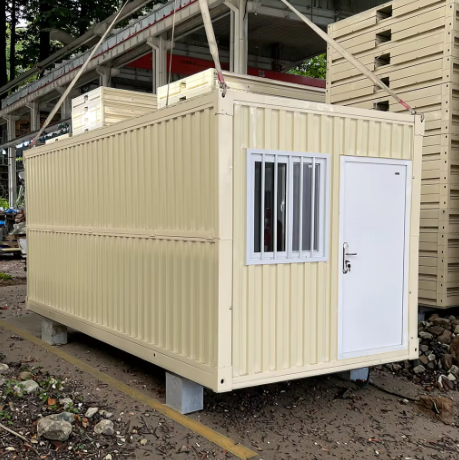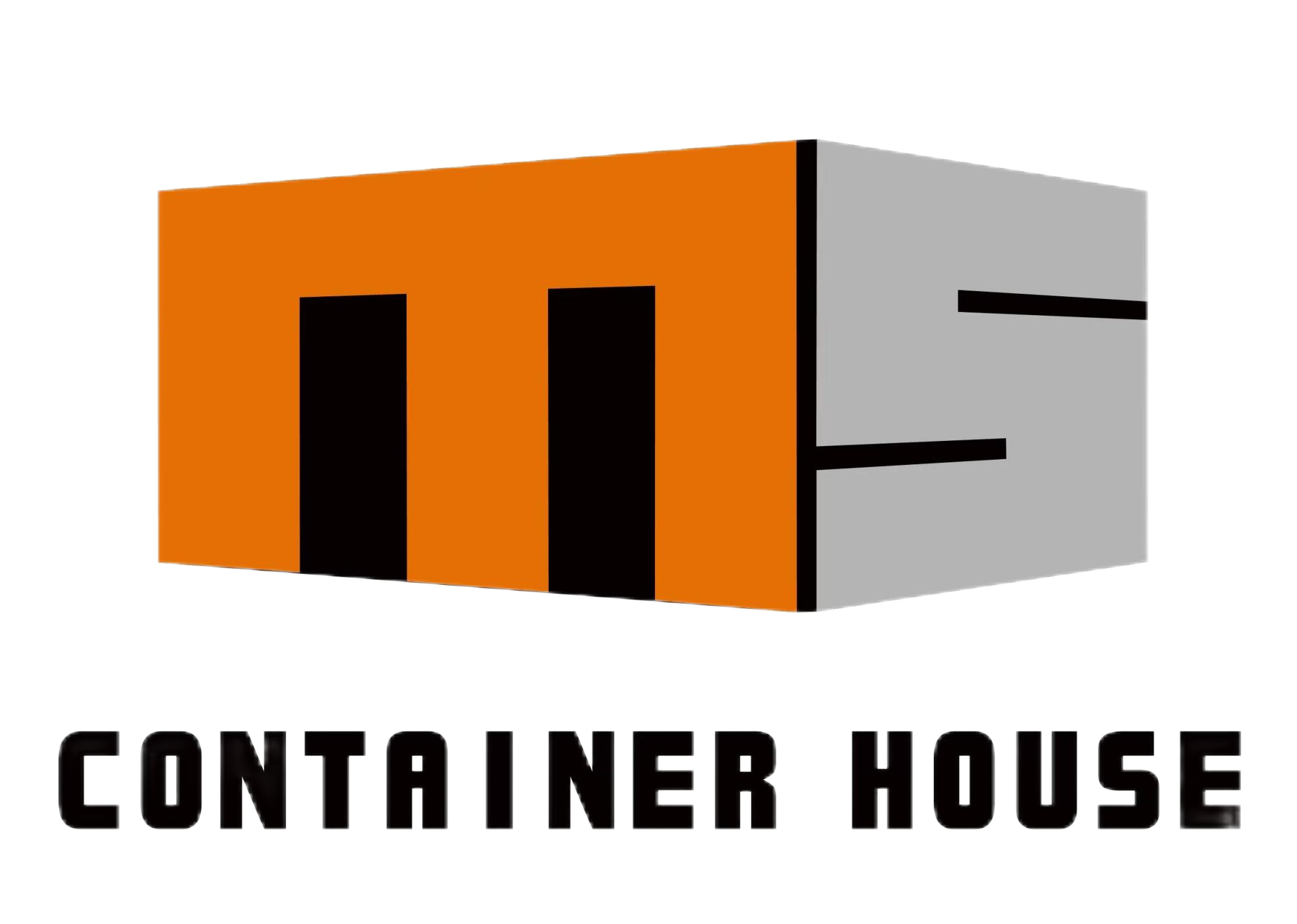The Evolution of Modern Housing Solutions
The housing landscape has undergone a remarkable transformation in recent years, with prefabricated houses emerging as a groundbreaking solution for modern homeowners. These innovative dwellings represent a perfect fusion of efficiency, sustainability, and architectural excellence, challenging traditional perceptions of home construction. As urban spaces become increasingly crowded and housing demands continue to rise, prefabricated houses offer a compelling alternative that addresses both practical and aesthetic considerations.
The concept of prefabricated houses has evolved significantly from its humble beginnings. Today's prefabricated homes bear little resemblance to their basic predecessors, instead showcasing sophisticated design elements, premium materials, and cutting-edge technology. This evolution reflects a deeper understanding of contemporary living needs and a commitment to delivering housing solutions that don't compromise on quality or style.
The Manufacturing Process and Quality Standards
Advanced Production Techniques
Modern prefabricated houses are constructed in controlled factory environments, where precision engineering meets rigorous quality control standards. Each component undergoes careful inspection and testing, ensuring structural integrity and longevity. The manufacturing process employs state-of-the-art technology and automated systems, resulting in consistently high-quality outputs that often exceed traditional construction standards.
Weather conditions and environmental factors don't impact the production timeline, unlike conventional construction methods. This controlled environment also minimizes material waste and reduces the carbon footprint associated with building construction, making prefabricated houses an environmentally conscious choice.
Material Selection and Innovation
The materials used in modern prefabricated houses reflect significant advances in building science. Manufacturers carefully select high-performance materials that offer superior insulation, durability, and energy efficiency. From advanced composite materials to sustainable wood products, every component is chosen to optimize both performance and environmental impact.
Innovation in material science continues to drive improvements in prefabricated housing. New developments in lightweight, strong materials allow for more creative architectural designs while maintaining structural integrity. These advancements have expanded the possibilities for customization and style options available to homeowners.

Economic Benefits and Cost Efficiency
Reduced Construction Costs
One of the most compelling advantages of prefabricated houses lies in their cost-effectiveness. The streamlined manufacturing process, combined with bulk material purchasing and reduced labor requirements, typically results in significant cost savings compared to traditional construction methods. These savings extend beyond the initial purchase price to include reduced site preparation costs and shorter construction timelines.
The predictable nature of factory production also helps eliminate many of the unexpected expenses that often plague traditional construction projects. Weather delays, material waste, and on-site complications become non-issues, providing homeowners with more accurate budget planning capabilities.
Long-term Financial Benefits
The economic advantages of prefabricated houses continue long after construction completion. These homes are designed with energy efficiency in mind, incorporating features like superior insulation, energy-efficient windows, and modern HVAC systems. These elements contribute to lower utility bills and reduced maintenance costs over time.
Additionally, the durability and quality of prefabricated houses often result in higher resale values and lower insurance premiums. The standardized construction methods and quality control measures provide confidence to both insurers and future buyers, protecting the homeowner's investment.
Customization and Design Flexibility
Architectural Options
Modern prefabricated houses offer an impressive range of design possibilities, from minimalist modern styles to traditional architectural aesthetics. Manufacturers work with skilled architects to create flexible design systems that can be customized to meet individual preferences while maintaining the efficiency benefits of prefabricated construction.
The modular nature of these homes allows for creative combinations of spaces and features, enabling homeowners to achieve their ideal living environment. Whether it's a compact urban dwelling or a spacious suburban home, prefabricated houses can be configured to suit various lifestyle needs and lot configurations.
Interior Customization
The interior of prefabricated houses can be just as customizable as traditionally built homes. From floor plan layouts to finish selections, homeowners have numerous options to personalize their living spaces. Modern manufacturing techniques allow for the incorporation of custom cabinetry, premium flooring materials, and sophisticated lighting systems.
Smart home technology integration has become increasingly common in prefabricated houses, allowing homeowners to incorporate automated systems for security, climate control, and entertainment. These technological additions enhance both comfort and convenience while contributing to the home's overall efficiency.
Environmental Impact and Sustainability
Reduced Carbon Footprint
The environmental benefits of prefabricated houses extend throughout their lifecycle, from construction to daily operation. The factory-based manufacturing process generates significantly less waste than traditional construction methods, and many manufacturers implement recycling programs for excess materials. The controlled environment also allows for more efficient use of resources and better management of potentially harmful substances.
Transportation efficiency is another environmental advantage, as components are carefully planned and packed to minimize the number of delivery trips required. This systematic approach reduces fuel consumption and associated emissions compared to traditional construction methods that often involve numerous separate material deliveries.
Sustainable Living Features
Modern prefabricated houses often incorporate various sustainable features as standard elements. These may include solar panel integration, rainwater harvesting systems, and green building materials. The precise construction methods also ensure better sealing and insulation, contributing to improved energy efficiency and reduced environmental impact during the home's operational life.
Many manufacturers are now offering net-zero energy prefabricated houses, designed to produce as much energy as they consume. These advanced designs represent the future of sustainable housing, combining innovative technology with responsible construction practices.
Frequently Asked Questions
How long does it take to construct a prefabricated house?
The construction timeline for prefabricated houses is significantly shorter than traditional building methods. While actual times vary based on design complexity and size, most prefabricated houses can be manufactured and assembled on-site within 3-4 months, compared to 9-12 months for conventional construction.
Are prefabricated houses as durable as traditional homes?
Modern prefabricated houses are built to meet or exceed the same building codes and standards as traditional homes. The controlled manufacturing environment often results in stronger structural integrity and better quality control, leading to excellent durability and longevity.
What financing options are available for prefabricated houses?
Today, most major lenders offer financing options for prefabricated houses similar to traditional home loans. These may include conventional mortgages, FHA loans, and construction-to-permanent loans. The specific options available will depend on factors such as the manufacturer, location, and individual financial circumstances.

